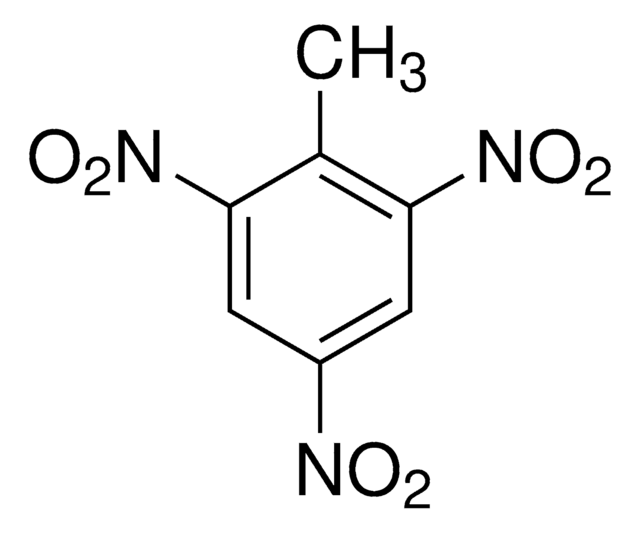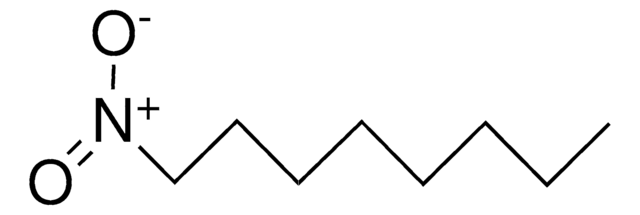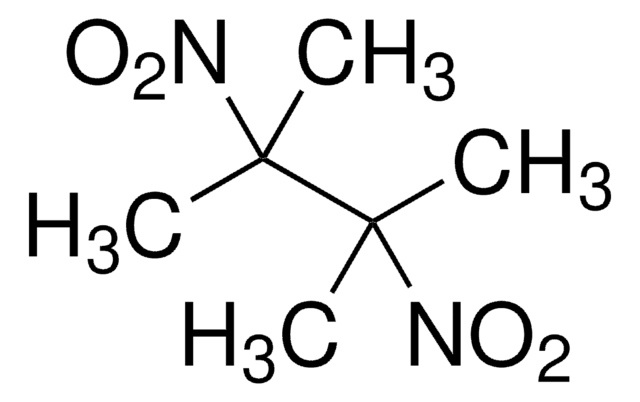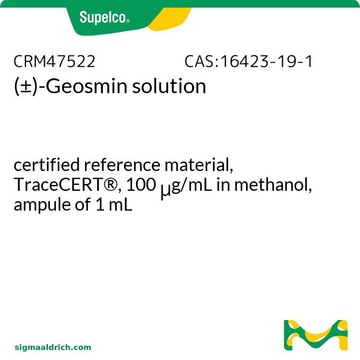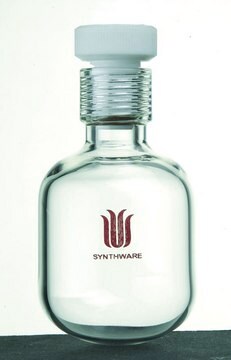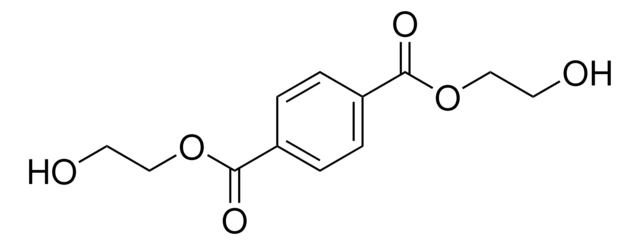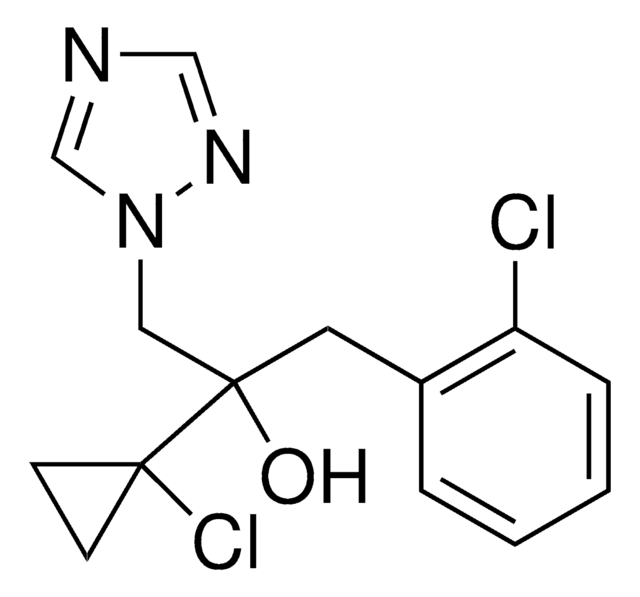Wichtige Dokumente
ERR-001S
RDX
1000 μg/mL in acetonitrile, ampule of 1.2 mL, certified reference material, Cerilliant®
Synonym(e):
Hexahydro-1,3,5-trinitro-1,3,5-triazine, Hexahydro-1,3,5-trinitro-1,3,5-triazine solution
About This Item
Empfohlene Produkte
Qualität
certified reference material
Qualitätsniveau
Leistungsmerkmale
Snap-N-Spike®/Snap-N-Shoot®
Verpackung
ampule of 1.2 mL
Hersteller/Markenname
Cerilliant®
Konzentration
1000 μg/mL in acetonitrile
Anwendung(en)
environmental
Format
single component solution
Lagertemp.
−20°C
SMILES String
O=[N+]([O-])N1CN([N+]([O-])=O)CN([N+]([O-])=O)C1
InChI
1S/C3H6N6O6/c10-7(11)4-1-5(8(12)13)3-6(2-4)9(14)15/h1-3H2
InChIKey
XTFIVUDBNACUBN-UHFFFAOYSA-N
Suchen Sie nach ähnlichen Produkten? Aufrufen Leitfaden zum Produktvergleich
Rechtliche Hinweise
Signalwort
Danger
H-Sätze
Gefahreneinstufungen
Acute Tox. 4 Dermal - Acute Tox. 4 Inhalation - Acute Tox. 4 Oral - Eye Irrit. 2 - Flam. Liq. 2
Lagerklassenschlüssel
3 - Flammable liquids
WGK
WGK 2
Flammpunkt (°F)
35.6 °F - closed cup
Flammpunkt (°C)
2 °C - closed cup
Analysenzertifikate (COA)
Suchen Sie nach Analysenzertifikate (COA), indem Sie die Lot-/Chargennummer des Produkts eingeben. Lot- und Chargennummern sind auf dem Produktetikett hinter den Wörtern ‘Lot’ oder ‘Batch’ (Lot oder Charge) zu finden.
Besitzen Sie dieses Produkt bereits?
In der Dokumentenbibliothek finden Sie die Dokumentation zu den Produkten, die Sie kürzlich erworben haben.
Unser Team von Wissenschaftlern verfügt über Erfahrung in allen Forschungsbereichen einschließlich Life Science, Materialwissenschaften, chemischer Synthese, Chromatographie, Analytik und vielen mehr..
Setzen Sie sich mit dem technischen Dienst in Verbindung.